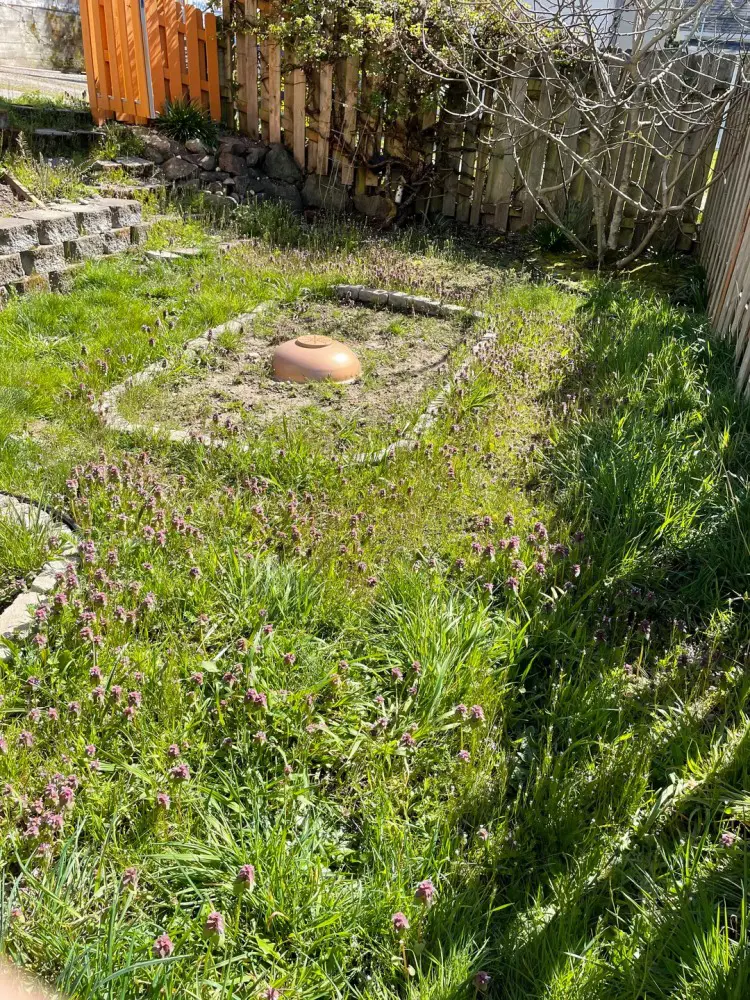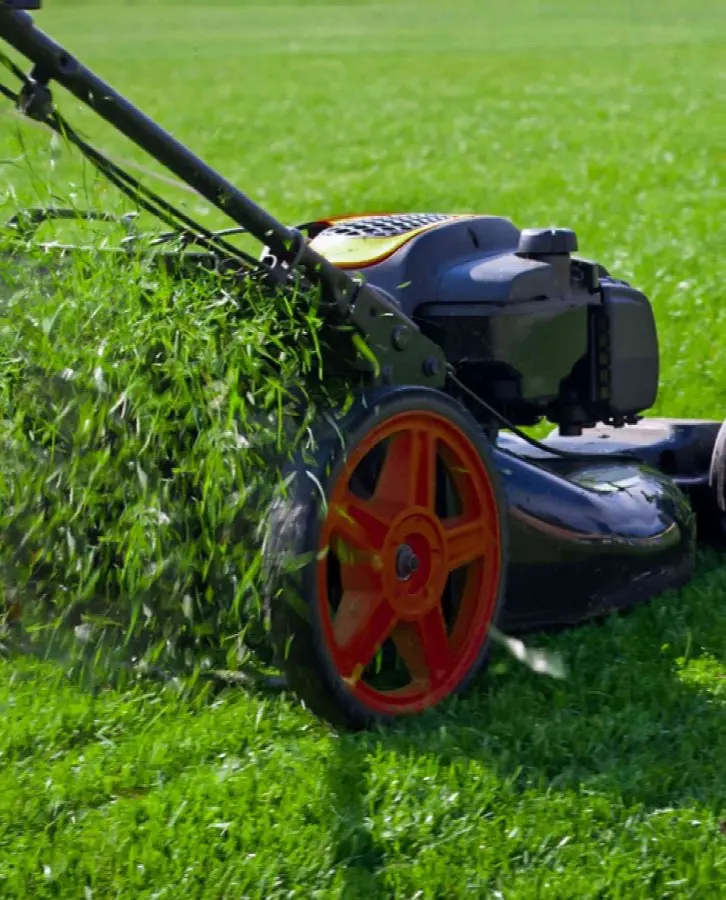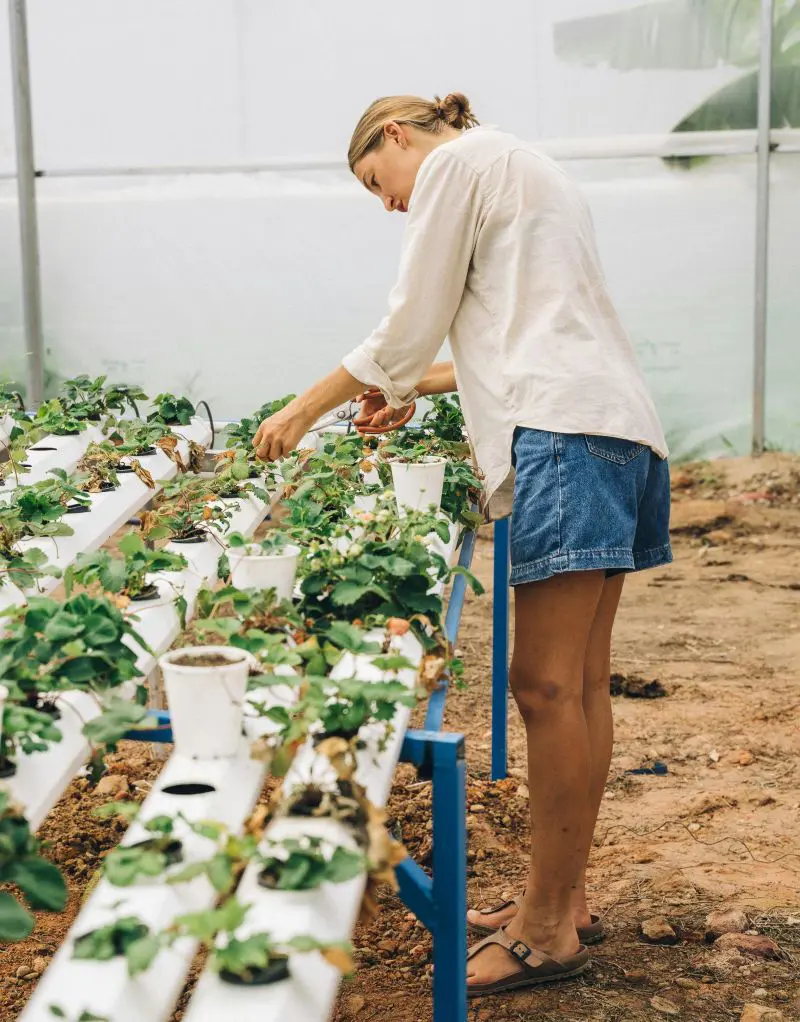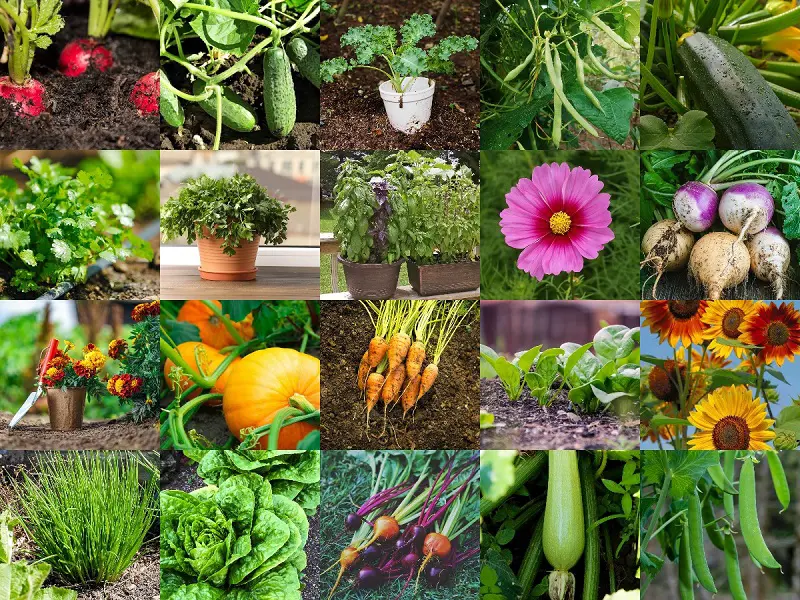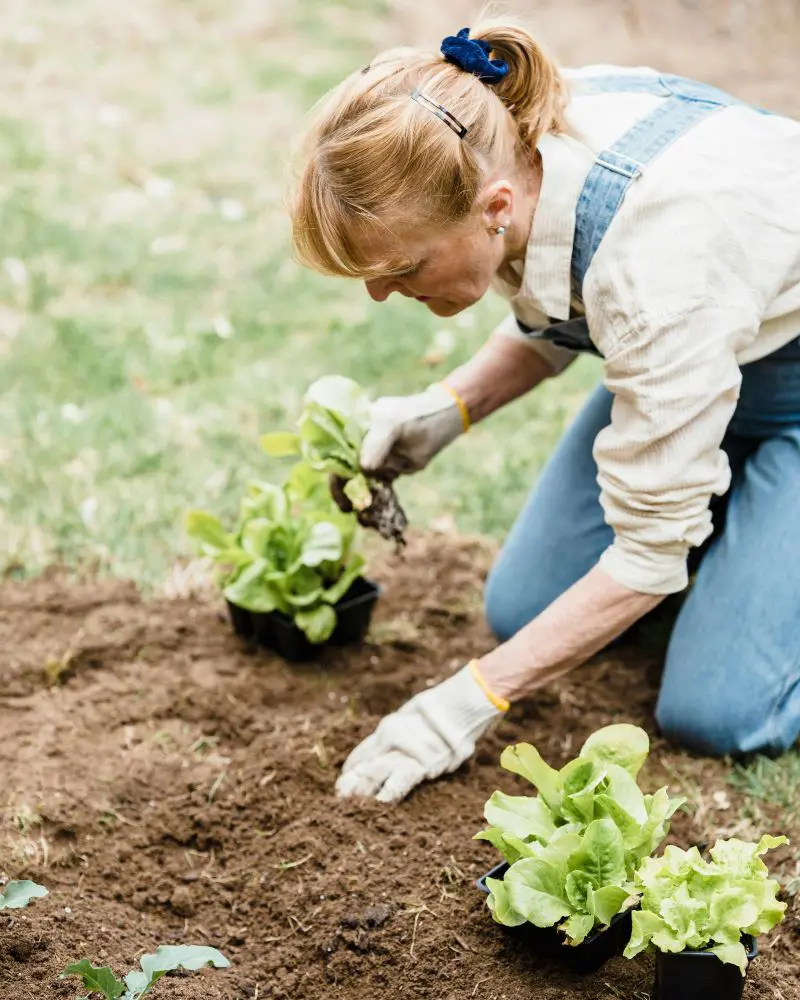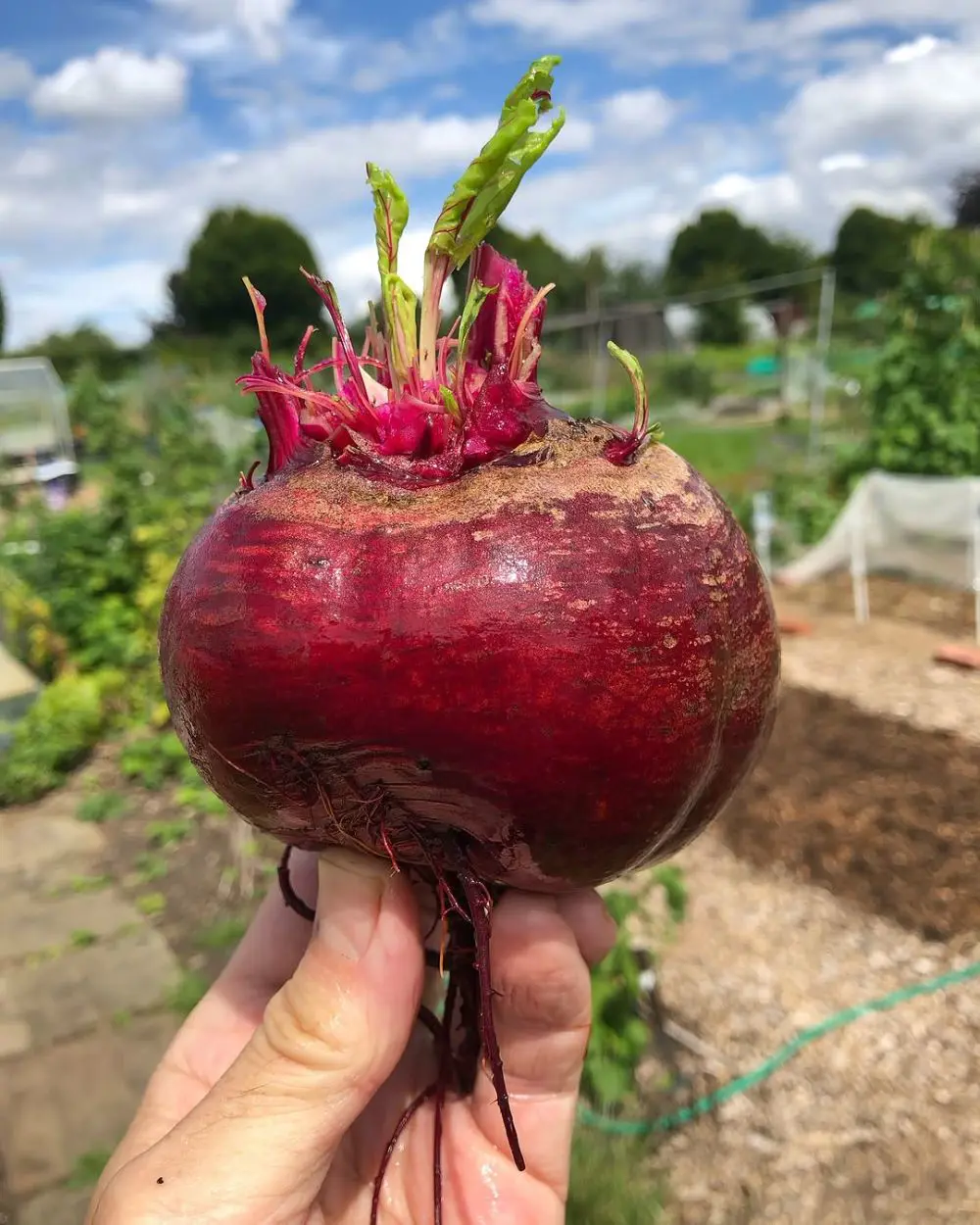1. Hand-Pulling
The most traditional way to handle weeds is to pull them out by hand. Although this method is more time-consuming and tiring, it helps prevent the spread of seeds within your garden. It also avoids damaging nearby plants or the surrounding lawn.
When pulling weeds manually, ensure you remove the entire root system; if any roots are left underground, the weed will regrow. Water the soil around the weeds a day or two in advance to make removal easier. Target weeds when they are young, as they have smaller roots and are easier to pull out completely.
